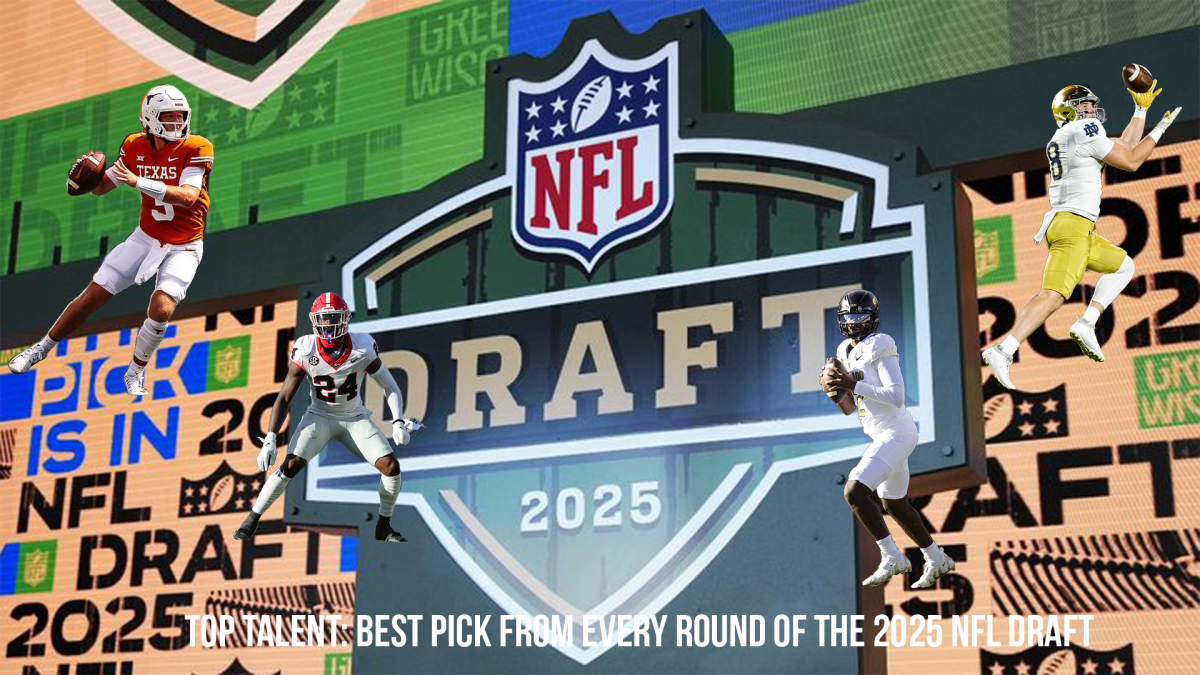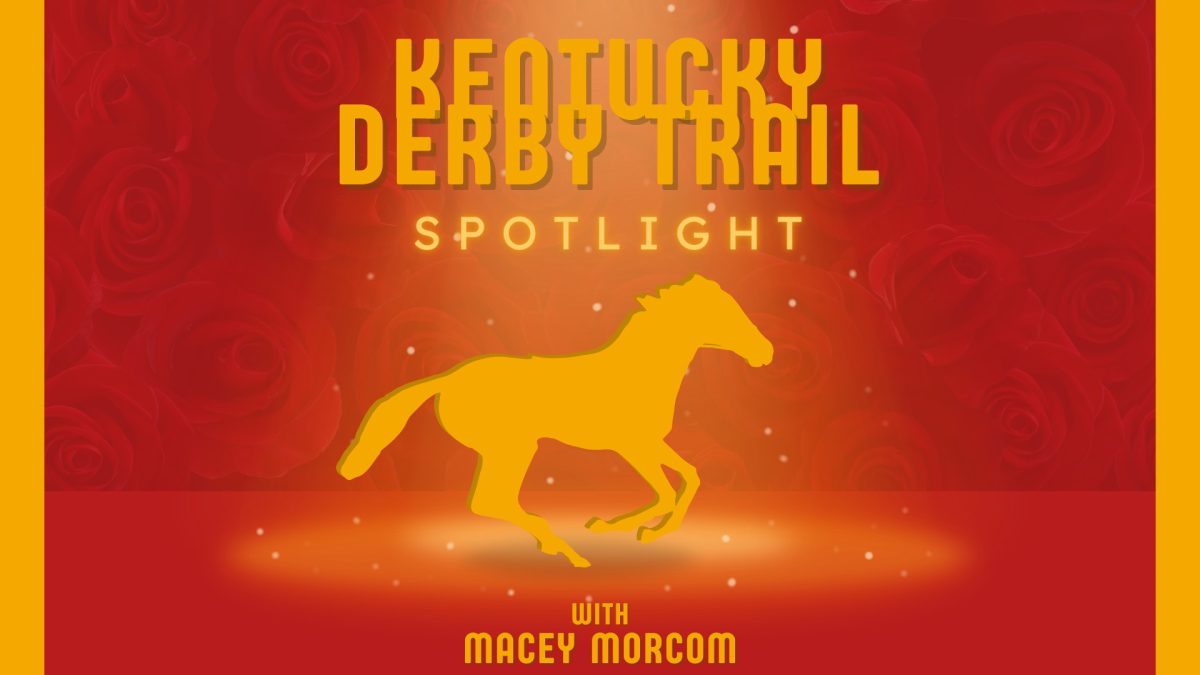
- Image via Wikipedia
By Dave Scarnato
Staff Writer
There is nothing like the feeling of going to a hockey game. The atmosphere really gives me such an adrenaline rush. Once the game starts, there is so much action that tensions between players get physical, as well as personal. Then, we have ourselves a fight. Yes, two players have stopped the rate of play in the game to exchange punches. Now, the arena goes crazy, and the players on each bench are going crazy, especially if their player wins the fight. Should fighting be banned in hockey?
Fighting in hockey has been a part of the game since its invention in Canada. It is illegal to fight in a game, but serves as a penalty unlike other sports where the players are ejected immediately for throwing a punch. Fighting occurs usually when a team is down a few goals, retaliation, intimidation, or to get a team into some momentum to score a goal. A player can fight up to two times. If he fights a third time, then the player is ejected. There is a whole section in the NHL rule book to keep fighting to a minimum. After a fight, each player is punished with five minutes in the penalty box. Players can be ejected for instigation, as well as attempt to injure. But sometimes, five minutes does not mean anything to the players.
Sometimes fighting in hockey does get out of hand. In 2000, Marty McSorley of the Boston Bruins hit Donald Brashear directly over the head with his stick, forcing Brashear to exit the ice on a stretcher sporting a neck brace. The two had a history of fighting throughout their careers. McSorley’s career would never be the same after the incident. A few years later, the Philadelphia Flyers and the Ottawa Senators had a full team fight after four consecutive attempts to continue the game, resulting in over a dozen ejections. There has been one recorded death linked to a hockey fight in a Canadian League, where a player lost his helmet during the fight and when falling to the ground, struck his head, dying from the injury. Is this enough evidence to ban fighting?
Jerry Hart, Marywood Security Officer and sports fan stated: “Ban it (fighting). After watching the Olympics this winter, I feel that things were much better and games went by quicker than the NHL. Also, the players slugging it out in the NHL were the ones skating in the Olympics. Can it be done? It obviously can.”
Marywood Student Steph Shearer commented: “I don’t really see anything wrong with fighting or why people want to eliminate it from the game. I think without it there would be more cheap shots and it wouldn’t improve the overall play, it would just remove the need for enforcers, which are usually some of the fan favorites. I don’t think it would make the game safer either, if a fight gets too out of hand the refs step in and most injuries that would take a player out of the lineup are caused by checking (most of the time clean hits), or pulled muscles, not fighting. I’ve been to many NHL games and, outside of the playoffs, the games I remember as being most exciting are the ones with many penalty minutes for both teams.”
With all of this, many people feel that there should be a ban of fighting in the NHL. European leagues do not encourage fighting of any sort. People feel as if fighting is a side show to the game, as well as a bad influence on the children of our society. Search “junior hockey fight” or “children’s ice hockey fight” on Youtube.com. You will see some stunning videos. Is this what we want to teach our youth? Where has sportsmanship gone? Can we blame fighting in these youth leagues on our professional players?
Jon Woytach, second baseman for Marywood’s baseball team stated: “I think that fighting on the professional level really influences our youth. Obviously what their role models are doing, they want to reciprocate.”
Woytach was in attendance when his high school, Pittston Area, was involved in a bench clearing fight versus rival Wyoming Area a few years ago. That game had to be suspended.
Professional Hockey is the only sport that promotes fighting. On a business level, fighting, in some instances, does increase attendance. Locally, the Mohegan Sun Arena is nicknamed “The House that Bonvie Built”. Dennis Bonvie was a player for the Wilkes-Barre/Scranton Penguins that was known for his fighting, not for his scoring. In fact, without researching it, I can not even tell you who the all time scorer is for the Penguins. During his stints with the Penguins, Bonvie earned hundreds of penalty minutes and ejections for his fights and became the American Hockey League’s most penalized player in history. The man is idolized in Wilkes-Barre. I am a guilty on this one because he is my favorite player to wear a Penguin’s uniform and I do sport a Bonvie jersey at some games. But, in all honesty, he put people in the seats during that time.
Bonvie was labeled as the team enforcer, the player who fights to protect others on the ice. There are two types of enforcer: enforcer or a goon. The goon gets sent out to intentionally hurt or fight someone. Bonvie was out on the ice giving heavy body checks to opponents. If a fight ensued, then it happened.
I was recently at a Penguins game and I saw a pefect example for a goon. Mitch Fritz of the Norfolk Admirals was sent on the ice with 11.4 seconds on the clock to send a message to the Penguins. The period ended and his gloves went flying off. Fritz knocked one Penguin on the ground and continued after a player who was wearing a protective facemask from a broken jaw injury. He kept swatting at his jaw, trying to re-break it. Is this what hockey is all about? I do not think so. If we did this on the streets of Dunmore, we would go to jail. Fritz was suspended two games for his actions.
Fighting really is needed in hockey to an extent. I believe if a ban were to be established, the players would be giving more “Marty McSorley” like hits on players. The only way hockey can be banned is if something bad happens during a fight. I’m not saying that a player gets a broken nose. I’m saying that a player dying in the NHL similar to the Canadian league mentioned before.
Players need to be protected if they decide to fight. They can remove their helmets now. For a new rule, the players should be able to fight, with all equipment on. If a player throws any piece of equipment off during the fight, then the fight should be broken up and the player(s) ejected. Currently, removal of the elbow pads during a fight before engagement is illegal and the player(s) is ejected. I never knew the elbow was more important than the head of a person.
Fighting does not keep people from coming to the games, or watching the games at home. The ratings for the Olympics proved that hockey interest did not go up as expected. The games did contain no fighting. Many believed that because of the fight less games, hockey interest would go up. They were wrong. Fighting did not prove to be detrimental to neither the game, nor the ratings.
Therefore, hockey kind of has to keep fighting legal. I feel like hockey is in a “damned if you do; damned if you don’t” situation. By eliminating the fighting, you take so much away from the game for the fans and a frustration soother away from some of the players, as well as the momentum a team needs to win again. If it is kept, just alter the rules for fighting so the players are protected properly and the fighter safe. As for fights on the junior, amateur, or youth level, keep it illegal and teach the young ones not to hurt or fight in a game and promote sportsmanship, as well as a harsh punishment for ones who attempt to fight on that level. Fighting is a part of the game.



![Reblog this post [with Zemanta]](https://img.zemanta.com/reblog_e.png?x-id=5c72333a-e695-4c55-876a-784a0e354784)






